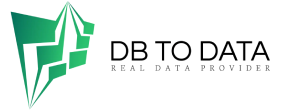- Technical site optimization — improving the technical aspects of a site, such as loading speed, fixing errors, creating a clear URL structure, implementing markup schemes, and optimizing for mobile devices.
- Content optimization is the creation of high-quality and relevant content that meets user requests and search engine requirements.
- Building a quality link structure — obtaining authoritative external links and creating a logical internal link system on the site.
SEO is a long-term strategy that doesn’t require a large initial investment, but it does require constant attention. The results can be impressive: sites that rank high in search engines receive 68% more clicks and have higher levels of trust from users.
Content Marketing
Content marketing focuses on creating and distributing valuable, relevant content to attract and retain an audience. It’s a powerful tool for building trust and increasing brand expertise. It’s no wonder that 91% of B2B hong kong mobile database marketers use content marketing in their strategies.
The key to success in content marketing is creating content that meets the needs and interests of your target audience at different stages of the sales funnel. ws database Examples of effective use of this tool:
- Corporate blogs : Regular posts improve SEO, demonstrate expertise, and attract new audiences.
- Video tutorials : Videos with step-by-step instructions on how to use a product are visual and engaging for users.
- Infographics : help present complex information in a clear and visually appealing format.
- Case studies : showing real results of a company’s work increases the trust of eloy zepeda potential customers.
- Podcasts : The audio format appeals to those who prefer to listen to content while doing other things.
SMM (Social Media Marketing)
There are 4.8 billion social media users worldwide , representing 59.9% of the world’s population and 92.7% of all Internet users. Social media has become an integral part of most people’s lives, making it a powerful tool for engaging with audiences.
SMM gives brands the opportunity to:
- increase recognition;
- influence audience loyalty;
- receive direct feedback from customers;
- create targeted advertising campaigns.
To successfully implement an SMM strategy, various popular platforms are used, each of which has its own unique features, which allows you to choose the best one depending on the target audience and business goals:
- Facebook : The largest social network with a broad demographic reach. Perfect for B2B and B2C companies, as well as for building communities around a brand.
- Instagram : A visual content-focused platform, especially popular among users aged 18-34, who make up the largest demographic among the Ukrainian audience.
- LinkedIn : A professional network suitable for B2B marketing, recruiting, and brand building.
- X (Twitter) : Provides businesses with the opportunity to interact with a large active audience, ensuring high user engagement through the platform’s interactive features, helping to build community and increase loyalty.
- TikTok : A platform popular among Gen Z and millennials, known for its algorithm that quickly promotes viral content, helping brands reach a wide audience through creative short videos.
Email marketing
Despite the emergence of new communication channels, email marketing remains one of the most effective digital marketing tools. This is explained by many advantages:
- High Return on Investment (ROI) : According to Mailjet research, small and medium businesses report that in 2023, email marketing provided the highest return on investment among all communication channels.
- Audience segmentation : Emails can be easily personalized and tailored for different groups of subscribers, increasing the relevance of content.
- Email automation : modern tools allow you to set up automatic series of emails that are sent based on user actions.
- Measurability : email marketing provides the ability to track open, click, and conversion statistics in detail to analyze campaign effectiveness.
- Direct communication : Email provides direct contact with the audience without the influence of social media algorithms.

